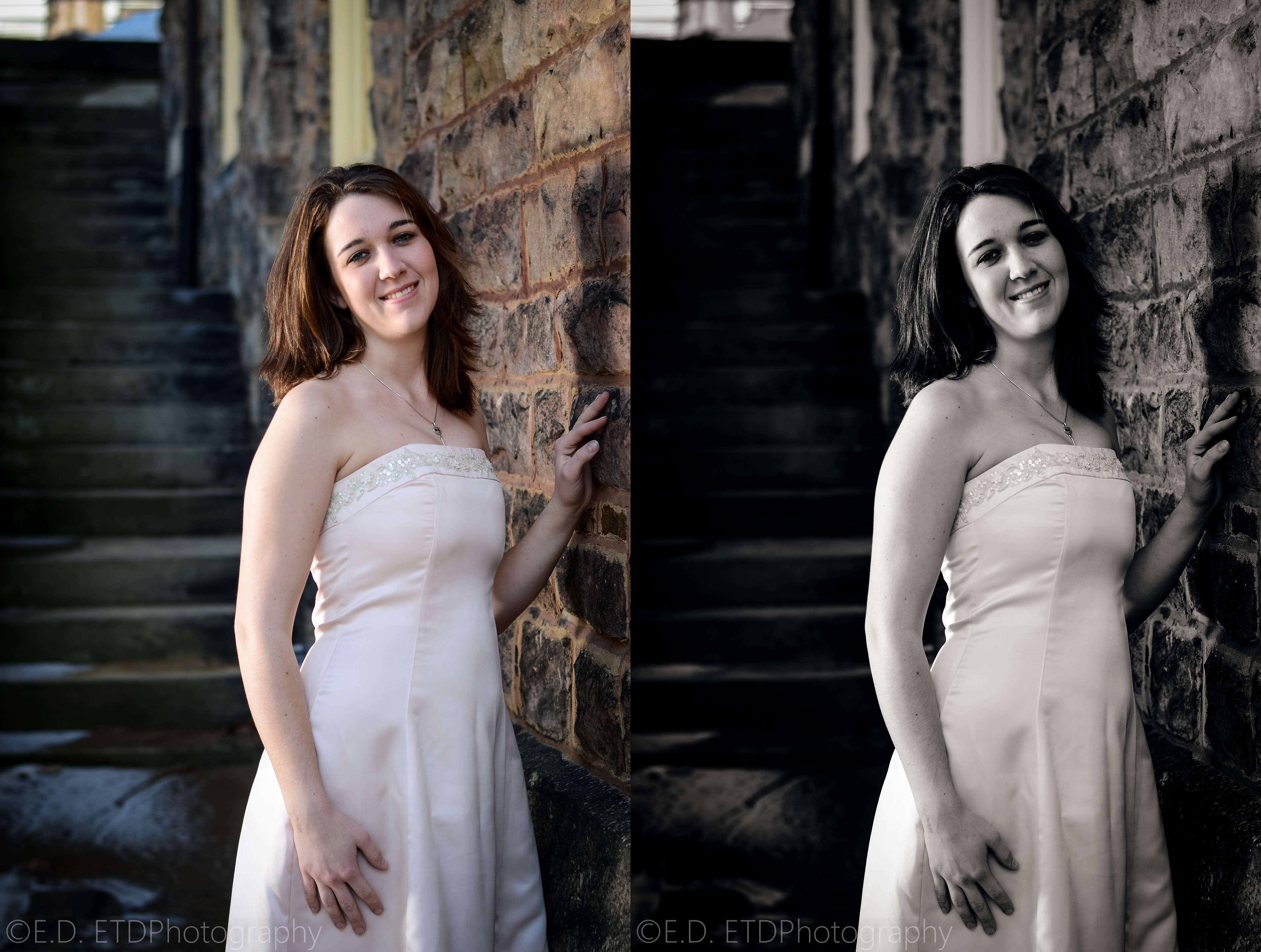Software 101: Converting to Black and White
There are a lot of ways to convert color photos to black and white. Some provide a bit more control than others, but no method is wrong.
Through a lot of experimentation I found this method that gives me a look I really like and the amount of control over the look I wanted using a combination of Lightroom and Photoshop.
5 Reasons to Use a Prime Lens
Primes are lenses that consist of a single focal point (they don't "zoom").
Why would you want a lens that can't zoom? Well they have a number of advantages which you can find out in today's list.
Memory Cards
If there is one incredibly important but under-appreciated piece of photography gear, its the memory card.
These little squares are the protectors of your digital negatives, and there are a lot more to them than people think.
Exposure: Buckets, Hoses, and Triangles
The most basic technical aspect of photography is exposure.
Exposure is basically how much light reaches your camera's sensor (or film) in a single photo.
There are a number of things that can affect exposure and it may seem a bit complicated, but it's not. I have created an effective analogy below that will help you learn how exposure works.
Photo Techniques: Subject/Background Separation
Have you ever wondered how photographers get those creamy smooth backgrounds like the photo above?
There are several factors that create the smooth blurred background (commonly referred to as 'bokeh') including focal length, distance, and aperture the distance between the subject and its background.
To help explain how to do this yourself, let's take a look at each of those.
Editing 101: Picking Programs
Photography doesn't end once you click the shutter.
Practically any photo you see on the web, in a magazine, or in advertisements has been edited. Its not that you need editing programs to make great images, but software like Adobe Lightroom or GIMP allow you to fine tune your photos to be the best that they can.
There are a lot of choices for photo editing and management, from free to "wow really?!"
So how do you go about finding which program is for you? First, consider what you need.
Composition 101: Rule of Thirds
There is no formula for the perfect photo.
There are, however, guidelines to help you train your eye and improve your photos.
The idea of the rule of thirds has been around since the late 18th century, it started in painting with artists describing effective use of light and dark paints.
Extending from this, the rule of thirds is about balance in a photo. To explain this in more detail, first we need to talk about negative space and how it affects your photos.
First Camera Buying Guide - Spring 2014
So you want a shiny new camera?
Admittedly there are a lot to choose from, how do you pick what you need and what will last?
Here are a few steps to help you figure out what you need.








